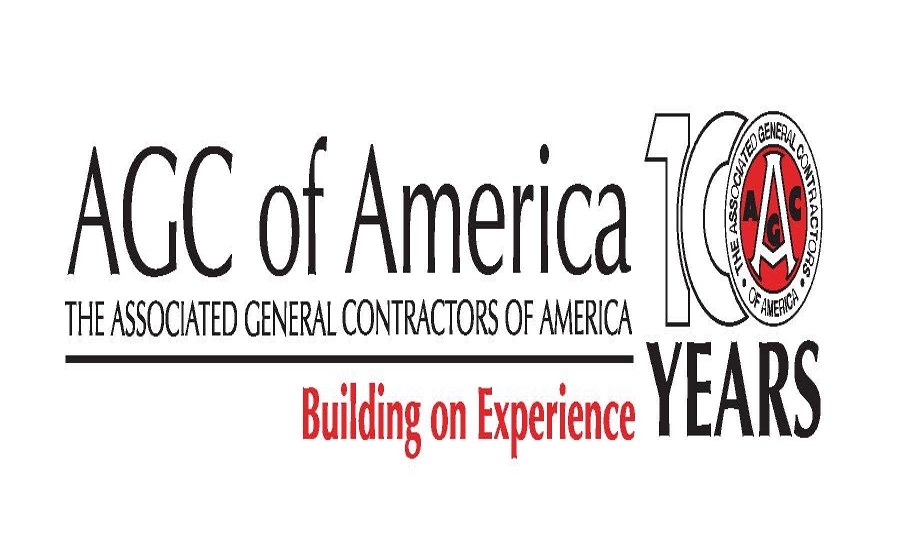Construction employment increased by 23,000 jobs in September and by 315,000 jobs over the past year, reaching a 10-year high, while the industry's unemployment rate decreased more than half-a-percentage point to 4.1 percent from a year earlier, according to an analysis of new government data by the Associated General Contractors of America. Even as firms increase headcount and increase pay, a survey by the association suggests that this expansion is threatened by a lack of skilled craft labor.
"The construction industry added workers and increased pay in the past year at rates higher than the overall economy," said Ken Simonson, the association's chief economist. "However, the pool of unemployed workers with construction experience has nearly evaporated, pushing up contractors' costs and adding to project completion times."
Construction employment totaled 7,286,000 in September, the highest level since May 2008 and a gain of 4.5 percent over the past 12 months. Employment in residential construction – comprising residential building and specialty trade contractors—grew by 4,400 jobs for the month and 139,600 jobs over the past 12 months, a 5.2 percent increase. Employment in nonresidential construction—including building, specialty trades, and heavy and civil engineering construction—grew by 18,600 jobs in September and 176,300 jobs during the past year, a 4.1 percent increase.
Hourly earnings in the industry averaged $30.18 in September, exceeding $30 per hour for the first time, and an increase of 3.1 percent from a year earlier. Average hourly earnings in construction now have a 10.7 percent premium over the average for all nonfarm private-sector jobs, which rose 2.8 percent in the past year, to $27.24. Meanwhile, the unemployment rate for workers with construction experience in September was 4.1 percent, down from 4.7 percent in September 2017 and the lowest September rate since the series began in 2000.
In the recent AGC-Autodesk Workforce survey, 76 percent of respondents said their firms plan to increase their headcount of hourly craft workers in the next year. However, 80 percent of the firms said they are having trouble filling hourly positions. For all but one of 20 specific crafts included in the survey, a majority of respondents reported that they were having more trouble hiring craft personnel this year compared to last year. And in addition, over three-quarters of respondents replied that the local programs for supplying well-trained, skilled craft personnel were poor or only fair.
In addition to the results of the Workforce survey, the association released a Workforce Development Plan, which shows how the association is increasing training efforts and encouraging job-seekers to choose a career in construction, while suggesting concrete policy changes including reforming immigration and increasing funding and flexibility for current federal career and technical education programs.
"Despite stellar growth, the construction workforce shortage is hurting contractors and others who depend on our industry," Stephen E. Sandherr, the association's chief executive officer, said. "Reforming current career educational programs can provide real choice to students and encourage the development of high-reward, high-skill jobs."






